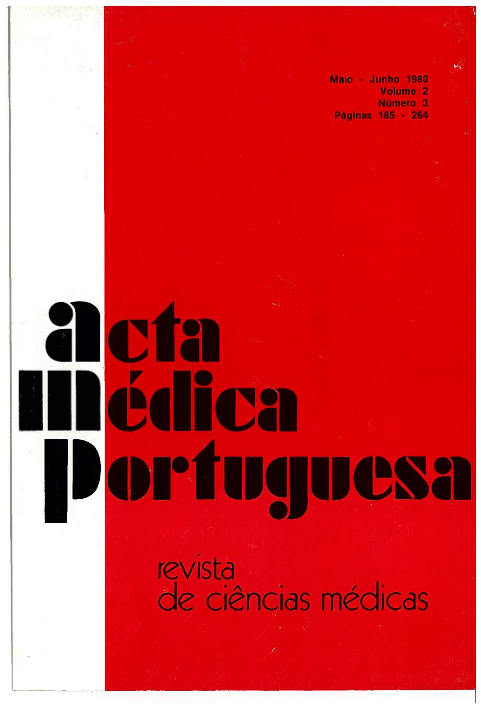Alternatives to a bureaucratic structure for the national health service. The point of view of a nurse.
DOI:
https://doi.org/10.20344/amp.3936Abstract
Bureaucracy is characterised by rules, specific sphere of competence, hierarchy, specialized training, separation from means of production or administration and the recording in writing. The NHS is not a typical bureaucratic organization, but it has some of its characteristics. The alternative models (democratic, matrix-type structure) do not seem to respond to the need for change. It is suggested that the characteristics of an organization’s structure be treated as variables. Partial alternatives are discussed. The relationship between the goals, the users and the workers - workers and users’ participation in the planning and control of the NHS. Conflict as a motor for change. Controlling power - representatives of the community and of the workers. The person in the organization - involvement of all workers in management at different levels and the development of persons towards their full capacity. The case is made for the person-centered approach to management.
Downloads
Downloads
How to Cite
Issue
Section
License
All the articles published in the AMP are open access and comply with the requirements of funding agencies or academic institutions. The AMP is governed by the terms of the Creative Commons ‘Attribution – Non-Commercial Use - (CC-BY-NC)’ license, regarding the use by third parties.
It is the author’s responsibility to obtain approval for the reproduction of figures, tables, etc. from other publications.
Upon acceptance of an article for publication, the authors will be asked to complete the ICMJE “Copyright Liability and Copyright Sharing Statement “(http://www.actamedicaportuguesa.com/info/AMP-NormasPublicacao.pdf) and the “Declaration of Potential Conflicts of Interest” (http:// www.icmje.org/conflicts-of-interest). An e-mail will be sent to the corresponding author to acknowledge receipt of the manuscript.
After publication, the authors are authorised to make their articles available in repositories of their institutions of origin, as long as they always mention where they were published and according to the Creative Commons license.









